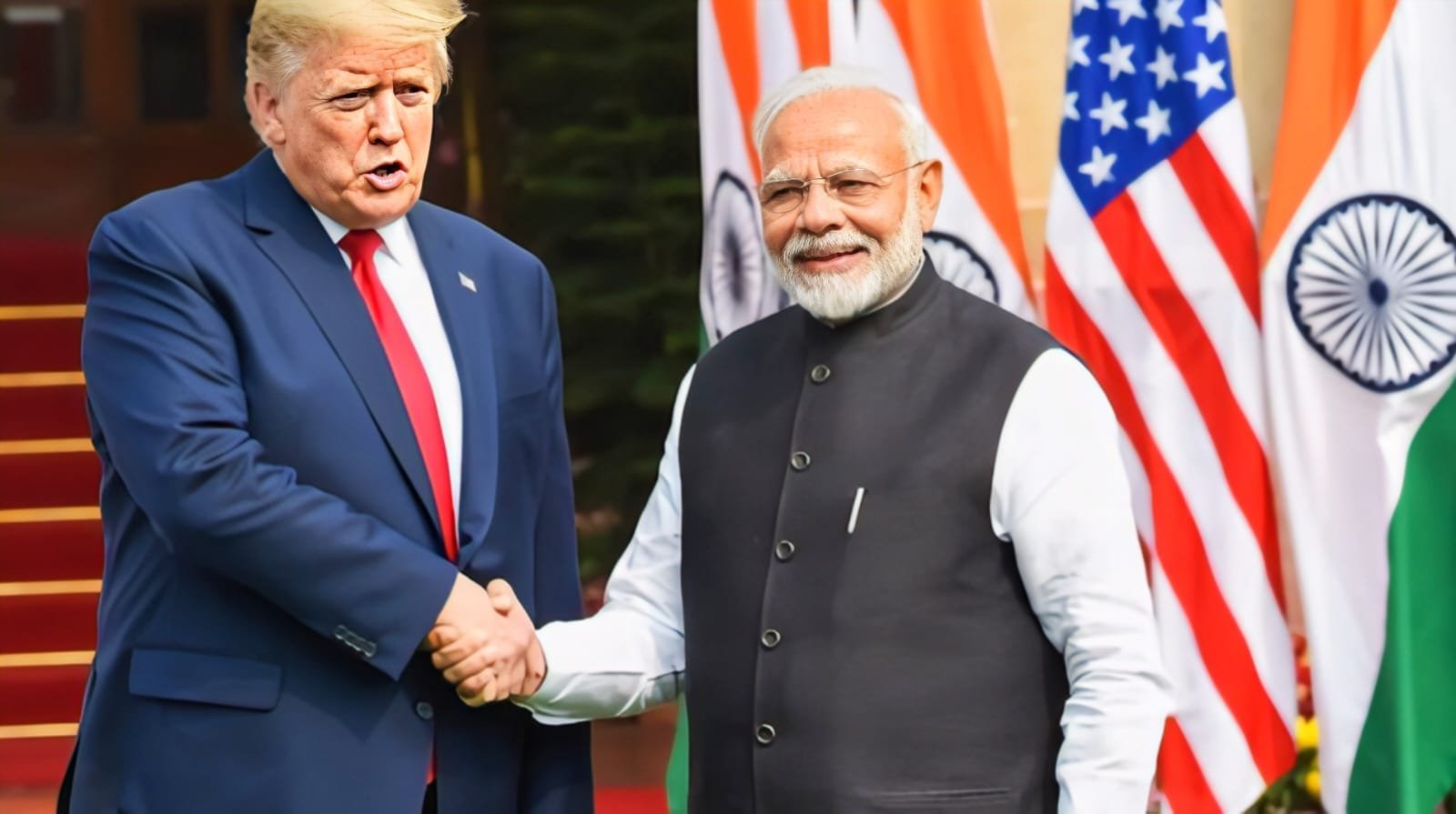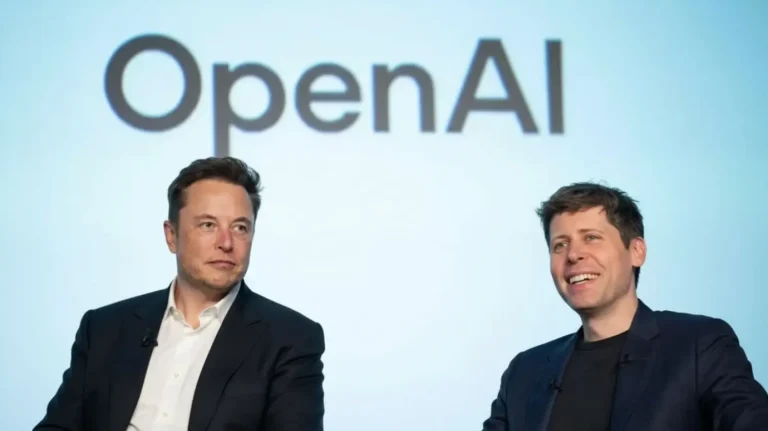
Trump-Modi meeting in 2025 signals progress toward a new India–US trade deal lowering tariffs and strengthening energy ties.
Recent tensions have existed between India and the United States on trade and economic policy matters. In August 2025, the United States proposed reciprocal duties on goods imported from India and threatened to impose additional tariffs on Indian crude oil imports from Russia. This eroded trust between the two countries and impacted trade negotiations. The recent Trump-Modi conversation comes against this backdrop. Trump said he spoke with Modi and primarily discussed trade.
What are the signals?
Trump said, “We discussed a lot, but primarily trade.” He also said that Modi would not buy much oil from Russia for India. According to media reports, the US is considering raising tariffs on Indian exports to ~15-16% under the US-India agreement. This indicates that the US views India as ready for a trade agreement. This could also be an opportunity for India to gain better access to the US market. However, this agreement may come with certain conditions—such as reducing India’s oil imports from Russia and opening India’s market to US agricultural goods.
Why is this important?
From an economic and trade perspective, the US had significantly increased tariffs on Indian exports (~50%)—especially on goods India sends to the US. If tariffs are reduced to ~15-16%, Indian producers, especially those in textiles, pharmaceuticals, gems, and jewelry, could benefit. Additionally, US-India cooperation could increase in areas such as energy, agriculture, and technology. Geopolitically, India currently imports significant quantities of crude oil from Russia, especially amid Western sanctions. Trump has made this import a key point in the US-Russia-Ukraine backdrop.
Potential Key Points/Outline of Agreements
If this agreement is reached, some of its key points could be: (indicated in some media reports) US tariffs on Indian exports to ~15-16%. India reducing or gradually replacing Russian crude imports under certain conditions. India opening its market to US agricultural products (for example, non-GM maize and soymeal). The agreement includes a provision for periodic tariff reviews. Some non-committal agreements in energy, technology, defense equipment, etc.
Challenges and Risks on India US trade deal
India has stated this, but has not received full confirmation from India. India wants to maintain its “strategic autonomy”—particularly in matters of energy security, defense equipment, etc. Therefore, it will not be easy to get it to agree to every condition. There are still issues of disagreement between the United States and India—such as visa policies, US reactions to textile exports, and the Russia-Russia energy dispute. If the conditions are too stringent—for example, immediately halting oil imports from Russia—India could face risks from a financial and energy security perspective. The terms of the agreement have not yet been disclosed—so there are reports of “closeness,” but not “completeness.”
What does it mean from the American perspective?
The US views this agreement as part of its “Asia-pivot” strategy—India is considered crucial to balancing the influence of China and Russia. The US will gain access to Indian industry and the Indian market—particularly in the agricultural and energy sectors. In the context of the Russia-Ukraine war, the US wants India to reduce oil imports from Russia—this could increase pressure on Russia. This is a strategic aspect.
Conclusion: India US trade deal
In short, Trump’s hints that a trade agreement between India and the US is possible and that he has spoken with Modi indicate that both countries are looking to open a new chapter. This chapter will not be limited to trade but could deepen India-US partnership in energy, strategy, geopolitics, and the global economic arena. However, it’s important to note that a final agreement has not yet been reached—much remains in the “may happen in the near future” category.






